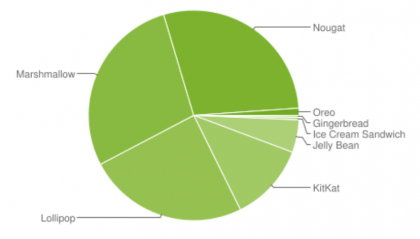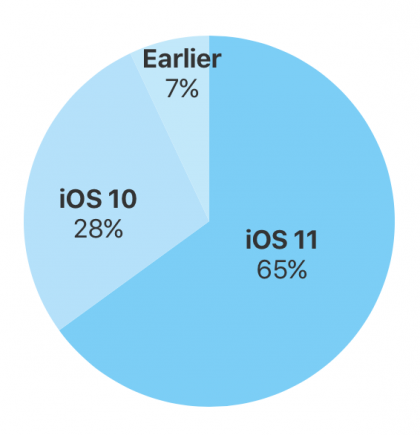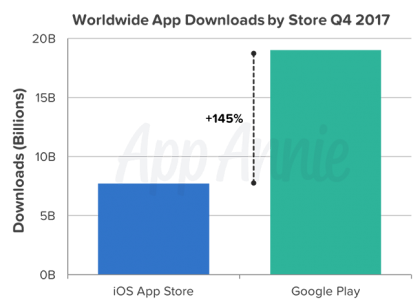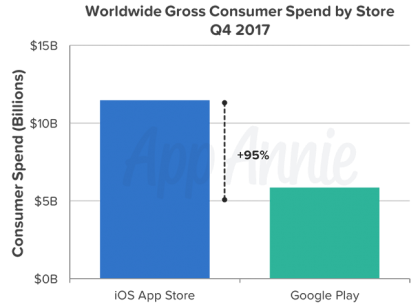The Guardian:
Google has unveiled a new messaging system, Chat, an attempt to replace SMS, unify Android’s various messaging services and beat Apple’s iMessage and Facebook’s WhatsApp with the help of mobile phone operators.
Unlike traditional texting, or SMS, most modern messaging services – such as Signal, WhatsApp, Facebook Messenger or Apple’s iMessage – are so-called over-the-top (OTT) services, which circumvent the mobile phone operator by sending messages over the internet.
Chat is a successor to SMS:
Instead of using OTT, it is based on rich communication services (RCS), a successor to SMS (short message standard), which has been used by people all over the world since 1992 and is still the fallback for most.
And:
With Chat, Google is unifying all the disparate versions of RCS under one interoperable standard that will work across networks, smartphones and operating systems. In doing so it hopes to take the surefire nature of SMS – anyone can send anyone else with a phone a message without them requiring a specific account or app – and bring it up-to-date with all the features modern chat demands.
On the potential for Chat killing iMessage, I defer to this excellent comment from The Overspill:
if Google even looks as though it is positioning this as a way to “kill iMessage”, Apple will never support it, and if Apple doesn’t support it then operators are going to wonder why they’re letting Google screw up their golden goose, and they won’t support it after all. Google can preload it on Android phones, but that’s not “killing iMessage”; it’s “providing an alternative to iMessage”, which WhatsApp and latterly Facebook Messenger have done for years without “killing” iMessage.
And John Gruber’s take on the same topic, different article:
It is unconscionable for Google to back a new protocol that isn’t end-to-end encrypted. End-to-end encryption is table stakes for any new communication platform today. Apple should ignore this — if it’s not secure it should be a non-starter.
I agree with all of the above. I don’t see any danger to iMessage. But I do see this meshing with Google/Android’s place in the market. Chat’s penetration will likely be at the base of the pyramid, the larger, lower priced, smaller margin part of the market. Apple’s sweet spot has always been about halfway up the pyramid: smaller, but higher priced, with larger margins.
Note also that here’s another place where Amazon has no seat at the table. With no mobile phone of their own, Alexa can send a text via the Internet, but has to ride on iOS or Android infrastructure when out and about.




